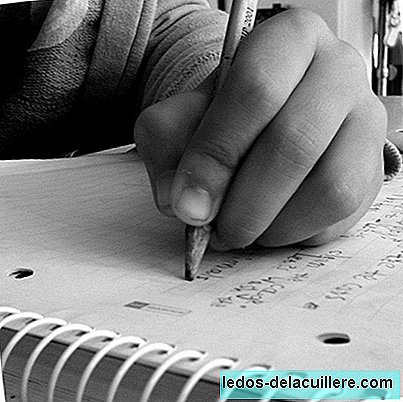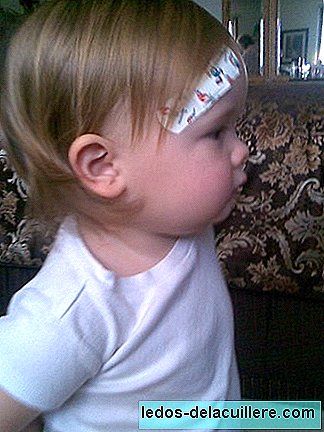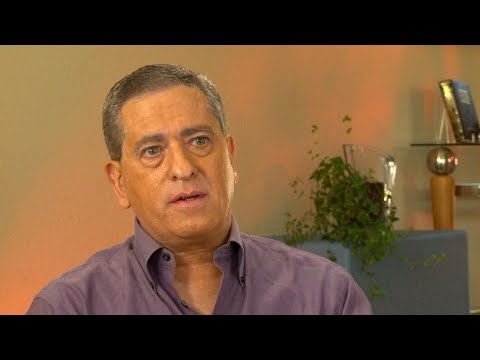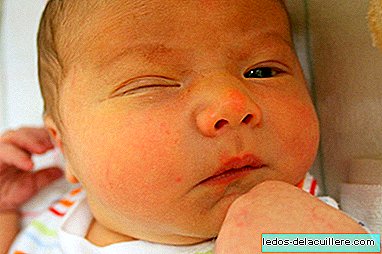
Doña Mª Rosario Villagrasa Ballester is a psychographer and specialist in reeducation of writing, she has facilitated the reproduction of one of her papers presented to the 'V Conference on the Dissemination of Graphology ”. We know that this professional takes great care of the contents that she transmits, that is why we will strive to summarize her article by offering our readers all the information published on the site of the Institute of Psychographic Studies.
The writing is done with the hands but is regulated by the brain. Most people write with their right hand, said activity being located in the left cerebral hemisphere, however, There is a percentage of the population - approximately 10% - that they use spontaneously to write their left hand, they are called left-handers.
Surely the years have passed in which the parents wanted to force the children to write with the right to consider left-hander a health problem. However, in an environment where the majority of the population is right-handed, small left-handed people can be marginalized in some aspects.
Among children who have school difficulties, left-handers are those who, in class and at home, suffer more injustices ... why ?, because no one suspects the cause of their slowness, their mistakes and their difficulty in doing things right . There are partial deficiencies, often invaluable, especially in the knowledge of the body scheme, which create basic gaps and make the most laudable project difficult.
We are going to break down in three articles the three aspects that may be of most concern to the parents of left-handed children, as an orientation guide. They are: the beginning of writing, overcoming difficulties and solving problems that arise. In the ignorance of its true origin, the generalized opinion attributed lateralized dominance to a bad habit from which it is easy to get rid of good or bad. For years we have heard opinions such as: "the left-handed passes over time"; thinking that it was a custom of the first years and for that reason it was affirmed that once passed the early childhood, the “problem” corrected by itself.
The repressed left-hander can give rise to disturbances at the psychomotor and affective level, appearing its complications not at the moment when it is upset but several months or years later, presenting difficulty in all typography: writing, reading, map construction, calculation ... , being these children recriminated by their lack of will and little attention
If years ago it was thought that the left-handed "could disappear with time", as if it were something socially inappropriate or did not fit with the learning models, still today, without realizing it, we express through language the superiority of the right-handed, waking up vague feelings of shame and sadness in the left-handed child, who feels under conditions. Do you hear the phrase 'this child is very "right-handed" drawing, or modeling, or ...
How to act before the left-handed child?
Mª Rosario Villagrasa tells us that “first of all we must demystify everything negative that refers to the left-hander, for years and years, it has been transmitted to us. A left handed child is a completely normal childl, has an evolutionary development according to his age and that we should not allow the left-hander to be a problem for him ”
Among the three issues that may concern parents the most, and on which they may ask questions, today we will focus on the 'beginning of writing', to continue another day with two more statements. They will be 'how' to overcome the first difficulties that arise? ' and 'how to solve the problems posed by the left-hander'?
Start of writing
Prior to the act of writing itself, there are a number of very important plots, in which one must work both at family and school level. The most important is to obtain a good psychomotor development, working the body scheme so that the child goes, day by day, acquiring harmony, balance and coordination of movements.
At this stage the child already demonstrates a lateral dominance that at no time should be manipulated by the parents or by the teaching staff. It is the child himself who is experiencing his skills and who will define his own choice, so it is very important that no one intervenes in this field so as not to condition the child's choice.
The establishment of the lateral dominance of the child will not be definitive before 6-7 years. Several authors affirm that there are no marked preferences before 2 years and that, between 2-3 years, a period of variable oscillations is established, mainly due to two causes: fatigue and imitation As graphologists and child therapists, our advice parents and teachers will always be vigilant at all times, being inducers of good techniques and refraining from attempts opposite to the lateral dominance of the child
During this period, the child is already immersed within the school environment and will have been showing their preferences, so there must be a systematic monitoring of its evolution, accompanied by appropriate techniques that allow your encounter with the grafomotricity to be correct and simple so that you do not adopt incorrect positions or acquire inappropriate habits that will later affect your writing. Both postural aspects will be monitored: back, arm, hand and head, as well as instrumental ones.
The author of the original article tells us that left-handed children must adapt to the norms that set the writing from left to right, even if their movement of progression is from right to left. Therefore, once the laterality tests have been carried out, the child is classified according to their lateral dominance, and then the eye and hand must be coordinated so that the child does not commit investments or present later problems such as mirror writing.
During the first years, it will be convenient, especially in children with greater difficulty, the use of script (or typographic) writing, since it has simpler features, which will allow it to acquire security and regularity in the layout. Subsequently, cursive writing, or linked, will be introduced, which will favor speed. The problem of union ceases to be when the child has good techniques and a good progression movement.
Occasionally we can meet with ambidextrous children; they are those who have the same ability in both hands. Another case will be that of those children who, being left-handed, have come to write with the right hand due to family or school pressure but for everyday activities they are more skilled with the left
We leave these tips for parents of left-handed children for today, we will continue another day with the two epigraphs that remain: how to overcome the first difficulties, and how to solve the problems that have arisen.












